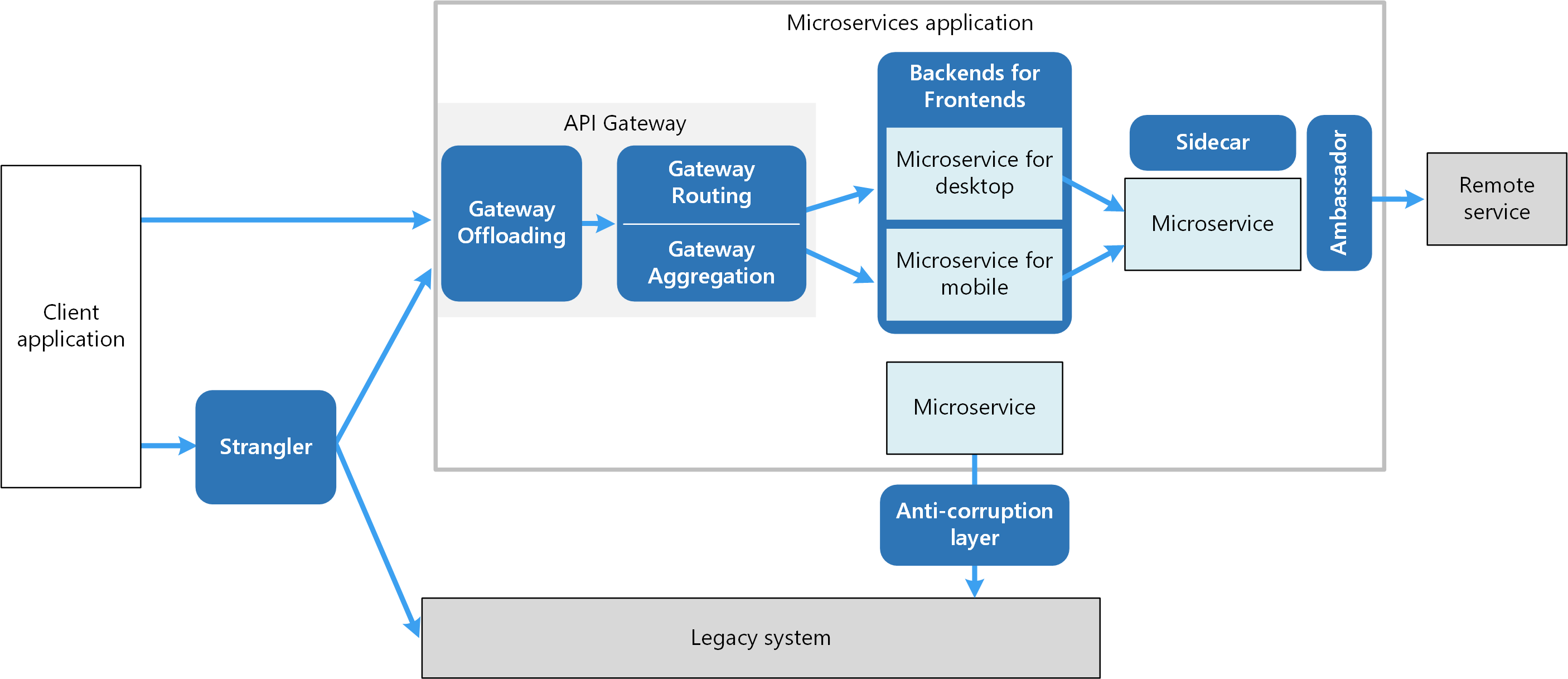Table Of Content

When a client makes a request, a token is removed from the bucket. If the bucket is empty, the client must wait until a token is added back to the bucket, which happens at a fixed rate. APIs are contracts that define how applications, services, and components communicate. Yes, they are designed for efficient handling of large data streams and ensure reliable message delivery. APIs that use hypermedia links in responses to guide users through their functionality. They allow clients to request exactly what they need, reducing data overfetching and underfetching.
Handle errors gracefully and return standard error codes
At the moment nothing should have changed inside our responses. But under the hood our controller layer talks now with our service layer. In our example the box is a collection that stores different workouts.
Data Transfer Parsimony
Versioning in REST APIs allows the introduction of new features, bug fixes, and updates while ensuring that existing client applications remain functional. In general, the following standard guidelines should be followed while designing high-quality Restful APIs. The good news is that some Restful web frameworks provide an out-of-the-box implementation for Statelessness. One thing to specifically avoid with friendly REST endpoint names is describing actions as it does not convey any new information about the request. X-RateLimit-Remaining specifies the number of requests a client has left before it reaches the limit.
What kind of Experience do you want to share?
However, the loose coupling approach offers clients better flexibility and reusability of APIs while its elements are added, replaced, or changed. Well-designed APIs exhibit loose coupling and well-composed functionalities across service boundaries to maximize scalability factors. You can also use your OpenAPI definition to create mock HTTP servers, which allows you to try out your API before you write any code. Circulate the interface amongst your team for early feedback, or validation of the requests from your online REST API client. APIs should use consistent response codes to indicate the status of a request. For example, a response code of 200 indicates that the request was successful, while a response code of 404 indicates that the requested resource was not found.
How to use the unit of work pattern in ASP.NET Core - InfoWorld
How to use the unit of work pattern in ASP.NET Core.
Posted: Thu, 06 Apr 2023 07:00:00 GMT [source]
console.log("Error loading code reading list code");
It acts as a protection mechanism against cascading failures, which can occur when one service fails and causes other services that depend on it to also fail. Why would you want to use API design patterns in the first place? Besides, you understand your business and its technical problems better. While this might be true, designing a good API requires more than domain expertise. In the code above, we have the req.query variable to get the query parameters. We then extract the property values by destructuring the individual query parameters into variables using the JavaScript destructuring syntax.
Get started with Postman

The resource view support in an API is implemented byadding a parameter to the method request which allows the client tospecify which view of the resource it wants to receive in the response. Microservice APIPatterns (MAP) takes a broad view on microservice API design andevolution, from the perspective of data on the outside – messagerepresentations and payloads exchanged when APIs are called. Thesemessages are structured as representation elements which differin their meaning as API endpoints and their operations have differentarchitectural responsibilities. Also, critical design choices about themessage structure and semantics strongly influence the design time andruntime qualities of an API and its underlying microservicesimplementations.
adjustReadingListIcon(data && data.hasProductInReadingList);

We also need ways to paginate data so that we only return a few results at a time. We don't want to tie up resources for too long by trying to get all the requested data at once. After about the second or third level, nested endpoints can get unwieldy. Consider, instead, returning the URL to those resources instead, especially if that data is not necessarily contained within the top level object. The POST, PUT, and DELETE endpoints all take JSON as the request body, and they all return JSON as the response, including the GET endpoint. In the code above, we defined the endpoints to manipulate articles.
Inside our service methods we'll be handling our business logic like transforming data structures and communicating with our Database Layer. Now we're catching all requests that are going to /api/v1/workouts with our v1WorkoutRouter. Naming your resources in plural has the big advantage that it's crystal clear to other humans, that this is a collection that consists of different workouts. We could name the creation endpoint /api/v1/workout because we'd like to add one workout, right?
In this answer, we’ll cover some of the best practices for building a RESTful API, as well as some common pitfalls to avoid. In general, the choice of API design pattern will depend on the specific needs of the project and the system architecture. RESTful API is often a good choice for simple CRUD operations, while GraphQL may be a better choice for complex queries. RPC API and SOAP API can be more efficient for certain types of operations but can be more complex to implement and maintain. Hypermedia API, event-driven API, and message queue API can be useful for certain types of systems and applications but may require additional tooling and infrastructure.
Hands-on examples and relevant use cases illustrate patterns for API fundamentals, advanced functionalities, and even uncommon scenarios. Consider a scenario where a client application sends a request to retrieve user information in JSON format, but the backend service expects XML-formatted requests. Consider a microservices-based e-commerce platform with separate services for product catalog, order management, and user authentication.
For example, a normal user shouldn't be able to access information of another user. We can also specify the fields to sort by in the query string. For instance, we can get the parameter from a query string with the fields we want to sort the data for.
Other patterns like filters, pagination, search, and sorting can also be applied to resources. When clients call REST services with invalid HTTP methods, the response of that request should end up in the 405 HTTP error code; that is, 405 Method Not Allowed. In addition to the error code, the response header should provide flexibility to the client to find the supported methods that allow headers in its response. As you design your API, it will be extremely useful to maintain an OpenAPI definition as the source of truth. This format, the next generation of the older Swagger file, describes endpoints, request data, responses, error codes, and more. In addition, it can be used to automate tooling across the API lifecycle.

No comments:
Post a Comment